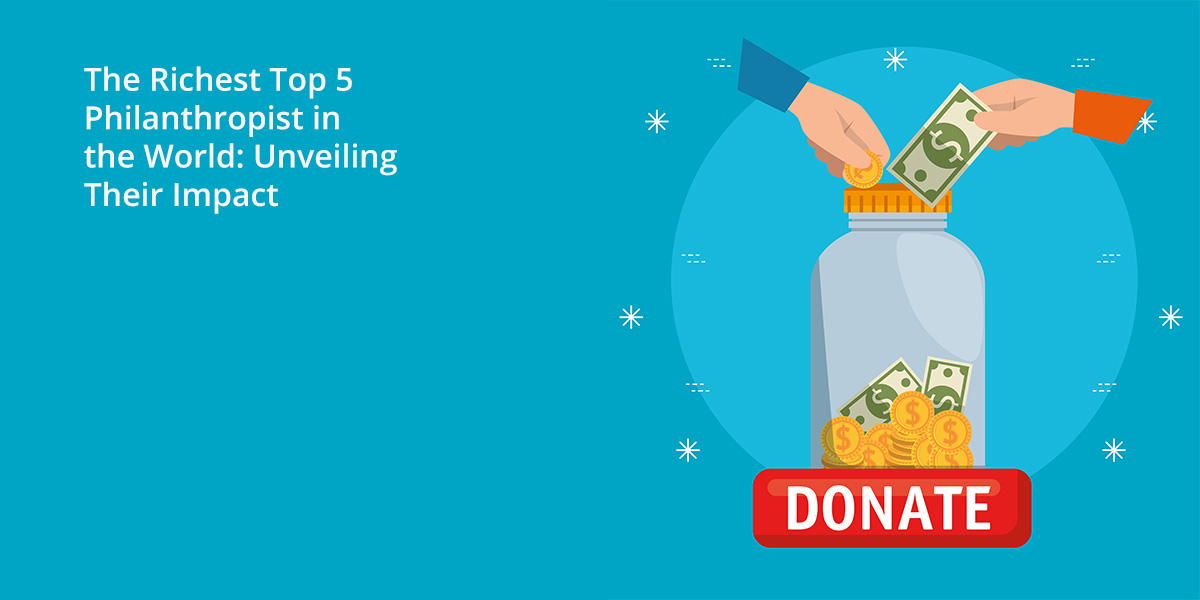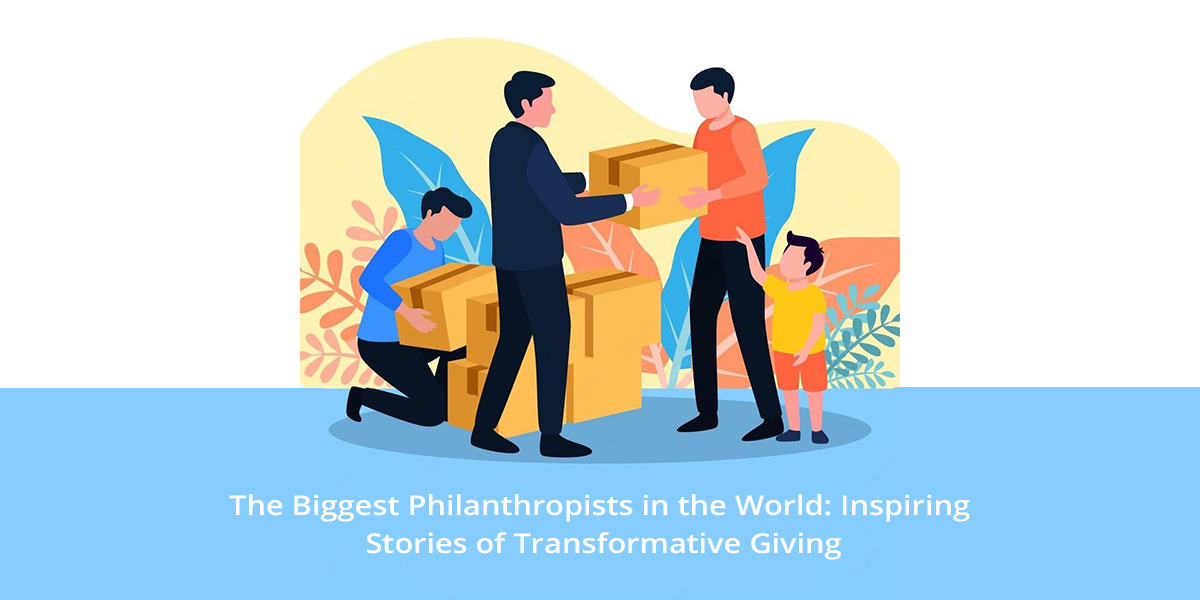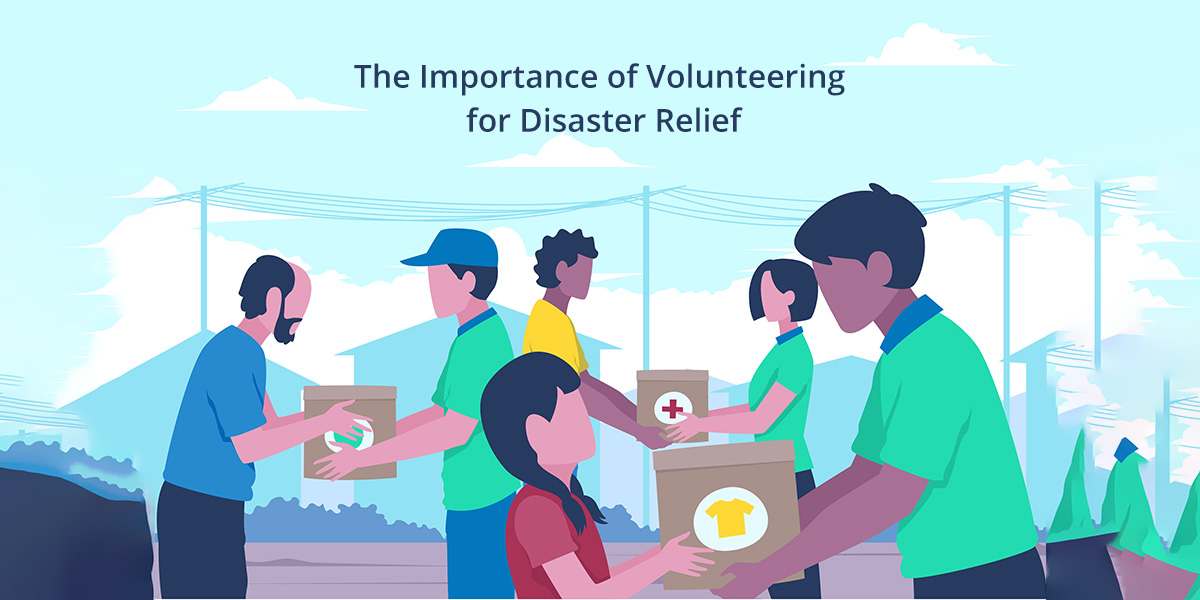Table of Contents
What Is Philanthropy?
Philanthropy, a word rooted in the Greek “philanthrōpía,” meaning “love for humanity,” is a concept that has transcended time and culture. At its essence, philanthropy represents a profound dedication to the welfare of others. It involves voluntary action to promote the well-being of individuals, communities, and the broader society. While often associated with financial contributions, philanthropy encompasses a spectrum of efforts, including time, skills, knowledge, and influence. It is a profound expression of compassion, empathy, and a desire to catalyze positive change.
Importance of Philanthropy and Its Impact
Philanthropy, a cornerstone of social progress, has the potential to drive transformative change across a multitude of sectors. Whether funding education initiatives for marginalized communities, supporting healthcare access in underserved regions, or championing environmental conservation efforts, philanthropy’s impact is immeasurable. Beyond its immediate influence on beneficiaries, philanthropy has a ripple effect, inspiring collective action and fostering a culture of giving back. Through targeted initiatives, philanthropists address systemic challenges, amplify social justice, and contribute to a more equitable world.
Benefits of Engaging In Philanthropic Activities
Engaging in philanthropy extends benefits beyond the recipients of one’s generosity. Individuals who embrace philanthropic activities often experience a sense of fulfillment, purpose, and connection to a larger purpose. The act of giving ignites positive emotions, enhancing psychological well-being and life satisfaction. Furthermore, philanthropy cultivates a sense of community, allowing like-minded individuals to unite and collaborate for common goals. As networks of philanthropists form, they become agents of change, leveraging collective resources to amplify their impact.
Why Become a Philanthropist?
Becoming a philanthropist transcends financial capacity; it is rooted in a deep understanding of the interconnectedness of humanity. As society grapples with complex challenges, individuals are recognizing the imperative to contribute positively. Here are compelling reasons to embark on the philanthropic journey:
- Creating Enduring Change: Philanthropy empowers individuals to drive enduring and sustainable change in the areas they care about most. By aligning resources with strategic initiatives, philanthropists actively participate in shaping a better future.
- Personal Fulfillment: The act of giving is intrinsically rewarding. Witnessing the impact of one’s contributions and knowing they are part of a solution provides profound personal fulfillment.
- Legacy of Impact: Philanthropy offers the opportunity to leave a legacy that extends beyond a lifetime. By investing in causes aligned with personal values, philanthropists create a lasting impact for future generations.
- Global Citizenship: As global citizens, individuals share a responsibility to address societal challenges. Engaging in philanthropy fulfills this responsibility, contributing to a collective effort to create positive change.
- Inspiring Others: Philanthropy has a contagious effect. When one individual takes action, they inspire others to join the movement. The impact of a single act of giving multiplies through the actions it catalyzes.
The Journey to Philanthropy: Steps to Becoming a Philanthropist
Step 1: Self-Reflection and Values Assessment
The journey to philanthropy commences with self-reflection. Assess personal values, interests, and concerns. Consider the societal issues that resonate deeply. Philanthropy is most impactful when it aligns with individual passions and values.
Step 2: Define Your Approach
Philanthropy is diverse; one can contribute financially, offer skills, volunteer time, or leverage connections. Define the preferred approach. Will it involve direct engagement, partnerships, or creating your initiatives? Clarity in approach ensures effective action.
Step 3: Research and Due Diligence
Informed giving is effective giving. Conduct thorough research on organizations, projects, and initiatives that mirror your philanthropic aspirations. Scrutinize their impact, financial transparency, and alignment with your values.
Step 4: Set Clear Goals
Establish clear objectives for your philanthropic endeavors. Define measurable outcomes that align with your aspirations. Goal-setting ensures focused impact and provides a framework for assessing success.
Step 5: Take Action and Engage
Philanthropy comes to life through action. Start by making a contribution, volunteering, or initiating collaborations. Engage with beneficiaries and understand their needs firsthand. As you take action, remain adaptable and open to learning.
Conclusion
The journey to philanthropy is an extraordinary odyssey marked by purpose, empathy, and transformation. It involves a synergy between personal values, commitment, and strategic action. Through philanthropy, individuals can reshape communities, uplift marginalized voices, and amplify the reach of positive change. The essence of philanthropy extends beyond the act itself; it fosters a culture of compassion and unity. By following the steps outlined in this guide, individuals can channel their resources to create meaningful impact. Embrace the journey with dedication, an open heart, and a profound understanding of the role each philanthropist plays in shaping a brighter and more equitable world. As you embark on this path, remember that every contribution, no matter the scale, contributes to the tapestry of change that reverberates across societies, generations, and boundaries.






